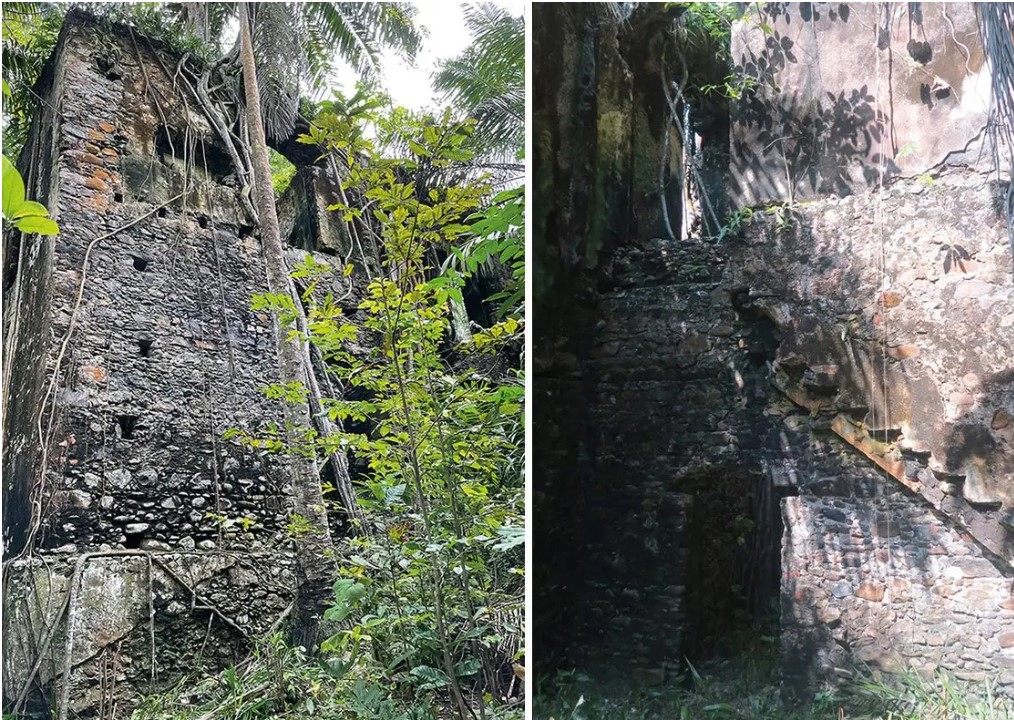Exciting Discovery: Neolithic Shell Dragon Unearthed in Inner Mongolia
In a recent news release from China’s Global Times, archaeologists have made a remarkable find during excavations in the city of Chifeng, Inner Mongolia: a shell dragon crafted from mussel shells.
This extraordinary discovery has been linked to the Hongshan Culture, an ancient Neolithic civilization that thrived in the West Liao River basin and inhabited regions of northeast China and Inner Mongolia from 4700 to 2900 BC. The Hongshan Culture is renowned for its intricate jade pig dragons and embryo dragons, some of the earliest examples of jade craftsmanship in history.
Experts, including archaeologist Guo Da-shun, consider the Hongshan Culture to be a pivotal phase in the early development of Chinese civilization. Despite uncertainties regarding the linguistic ties of its ancient inhabitants, the Hongshan culture is believed to have played a significant role in shaping the early progression of Chinese society.
The shell dragon, measuring 20 centimeters in length, was uncovered at the Caitaopo archaeological site situated in the Songshan district of Chifeng. This unique artifact was meticulously assembled using mussel shells to form its head, body, and tail, pre-dating the well-known C-shaped jade dragons commonly associated with this culture.
Archaeologists posit that jade artifacts from the Hongshan Culture were deliberately placed within elaborate ritual structures or ceremonial sites. In contrast, the shell dragon provides insight into the metaphysical beliefs of residents in less advanced, lower-grade Hongshan Culture settlements.
Song Jinshan, President of the Inner Mongolia Institute of Cultural Relics and Archaeology, emphasized the significance of this discovery, stating, “The find is a crucial addition to archaeologists’ understanding of the dragon symbol within the early Hongshan Culture.”
In addition to the shell dragon, excavations at the Caitaopo archaeological site yielded other objects and fragments, including two pottery wares typical of the Hongshan Culture. This find further enriches our knowledge of this ancient civilization and its symbolic representations.




